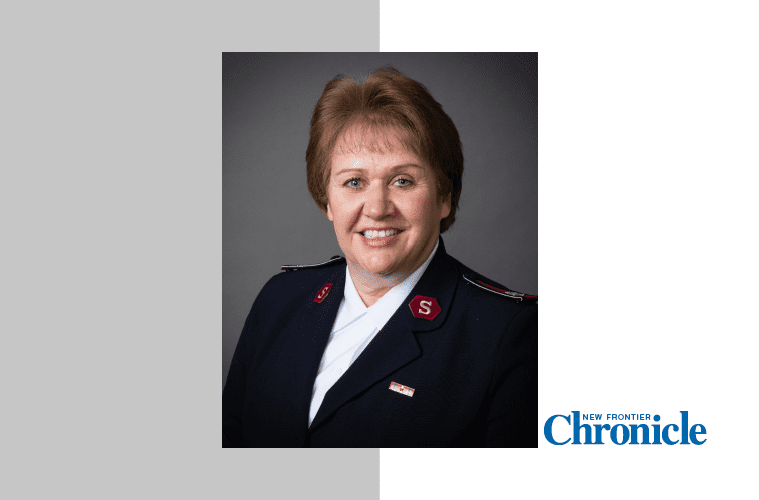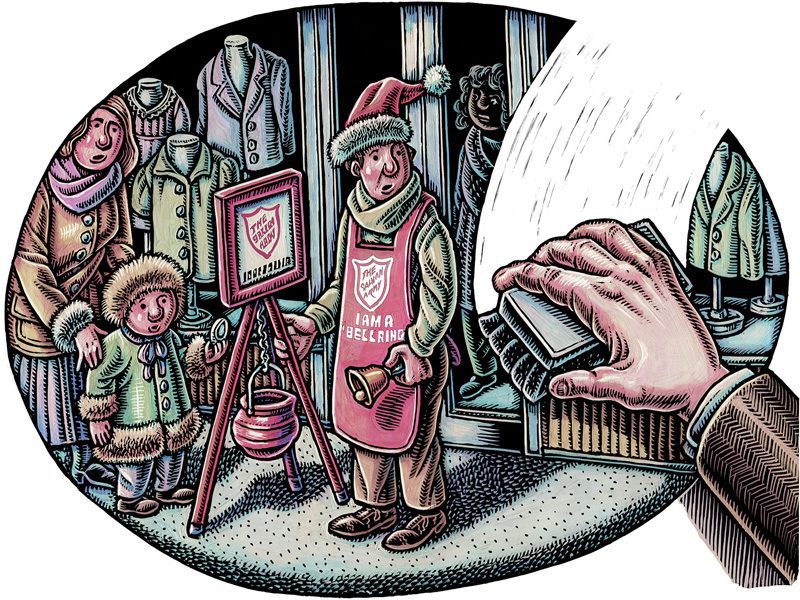Reflections on a new Kroc Center
by Richard Docter –
On the northern border of Coeur d’Alene, Ida., not far from the pine and fir forests encircling one of the most beautiful lakes in America, the Salvation Army’s sparkling new Kroc Community Center pulsates with energy as hundreds of adults and children help to celebrate the first month anniversary of this extraordinary facility. It’s little wonder that Major and Mrs. John Chamness have already enrolled more than 13,000 members who signed up either as individuals or as families. It is a spectacularly beautiful building, designed with the feeling of a wood and stone lodge, and said by some to be one of the most beautiful, most carefully planned, and most welcoming Salvation Army buildings ever built.
“We see this as both a very comprehensive community service, and also an integral part of what the Salvation Army is all about,” explained Major Lani Chamness, my highly knowledgeable guide on a tour of the center. “Every member—and even those who enjoy coming but who are not members—will forever be indebted to the generosity of Ray and Joan Kroc who provided more than $38 million to build and equip this very special community asset,” she added. Her husband, Major John Chamness, was busy doing a television interview with the mayor.
Situated on the 12-acre site of an abandoned mine, the city invested more than three million dollars to prepare the ground for the construction of the center; a fundraising drive added an additional $6 million. The names of all 650 donors, large and small, are inscribed on the Donor’s Wall, just across the lobby from the 1865 Café, the library, and the entry lobby, which has the feeling of a wood-lined living room.
Designed by a team of architects from Colorado along with two local firms, the center is entirely within a single building. A curved community meeting-place wing houses three rooms along with a 400-seat chapel that can double as a fully equipped theater. Just beyond the three meeting rooms which open to a spacious patio is a state of the art commercial kitchen.
The second wing houses many different fitness activities, including a huge children’s water play center along with an outdoor adults-only pool. For the competitive swimmers, a third pool is designed as both a 25-yard venue, including underwater timing equipment, or a 10-lane Olympic style 25-meter pool.
“One focus of our program,” according to Chamness, “is to encourage the participation of families, and a family of five can enroll for about $65 a month.” In addition, over 300 scholarships were awarded during the first month of operation. With over 125 employees keeping the center humming seven days a week, on most days from 5 a.m. until 10 p.m., the annual budget will top $1 million annually. Fortunately, the Krocs also provided in their bequest a trust account to help offset the expenses of operations and maintenance.
Parents can drop off young children for some supervised play time while the adults work out using one of the scores of fitness machines, or if they prefer, run a few miles on the upstairs indoor track. However, this childcare supervision is on a pay-by-the-hour basis. Parents can also enroll their children in swimming lessons.
Long ago, the Salvation Army began participation in many different kinds of community outreach programs. In its earliest days, the Army even established a factory in England for the manufacturing of matches that provided for a healthy workplace for the employees. There are currently many examples of programs for senior citizens, persons with addictive difficulties, and preschool children. Throughout America, summer camps and inner-city youth programs abound. But some may ask: Why is the Salvation Army running a 21st Century community center in Idaho in a facility that cost $38 million? The answer is that Ray and Joan Kroc, the people who invented McDonald’s, wanted to be remembered as the sponsors of some of this nation’s most impressive community centers, and they asked the Salvation Army to join in a partnership. “Urge people to come for a visit,” said Chamness, “and they will see as we do that what we’re doing here is an extension of the Army’s work.”
As I walked to my car I noted more than 250 vehicles in the parking lot, and when I snapped a final picture of what must be one of the most memorable buildings in the Pacific Northwest, I thought to myself: Wow! I think the Krocs would be very proud of this, and so would William Booth.
Guest columnist Richard Docter is the brother of Editor-in-Chief Robert Docter. Robert Docter’s column returns in our next issue.










